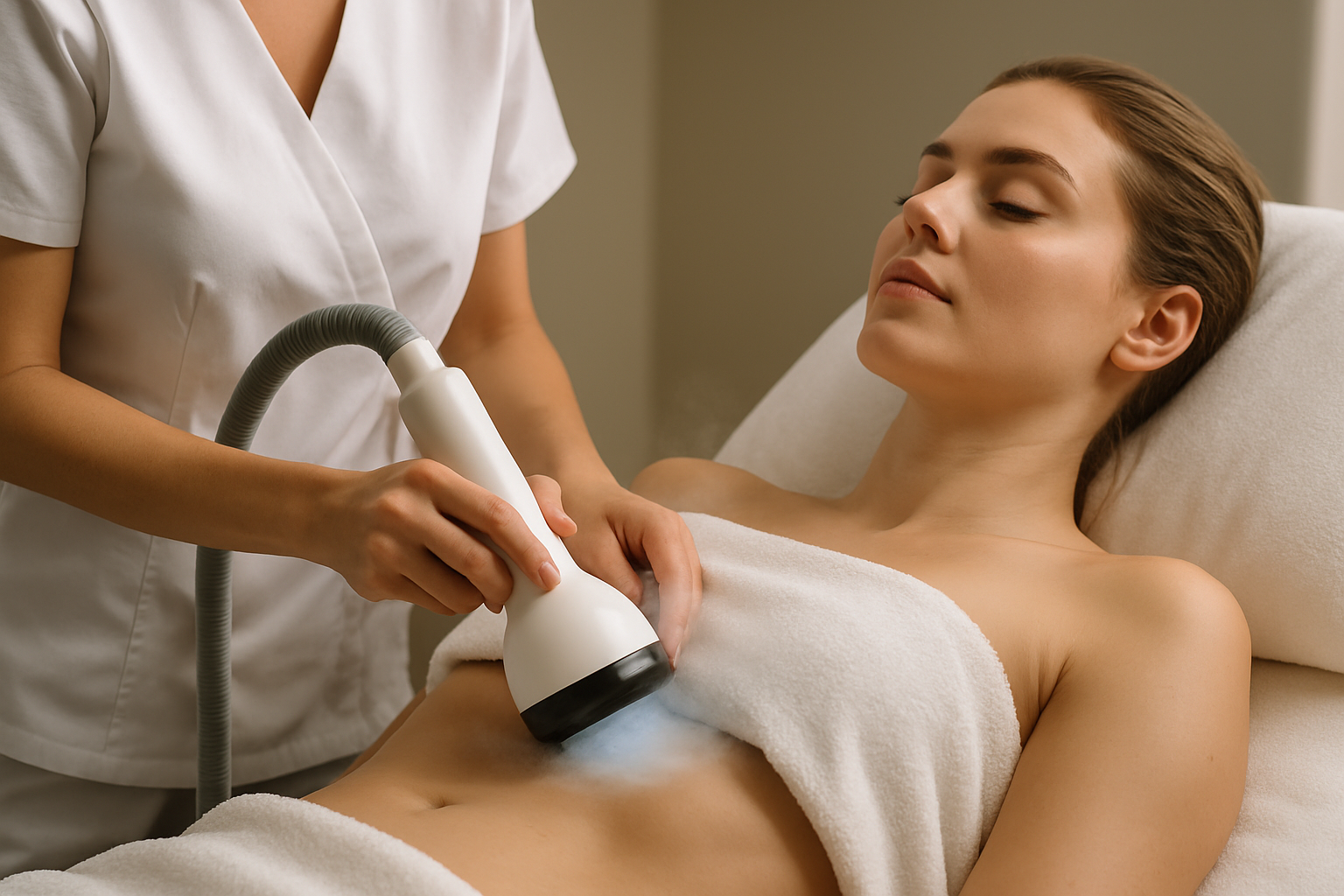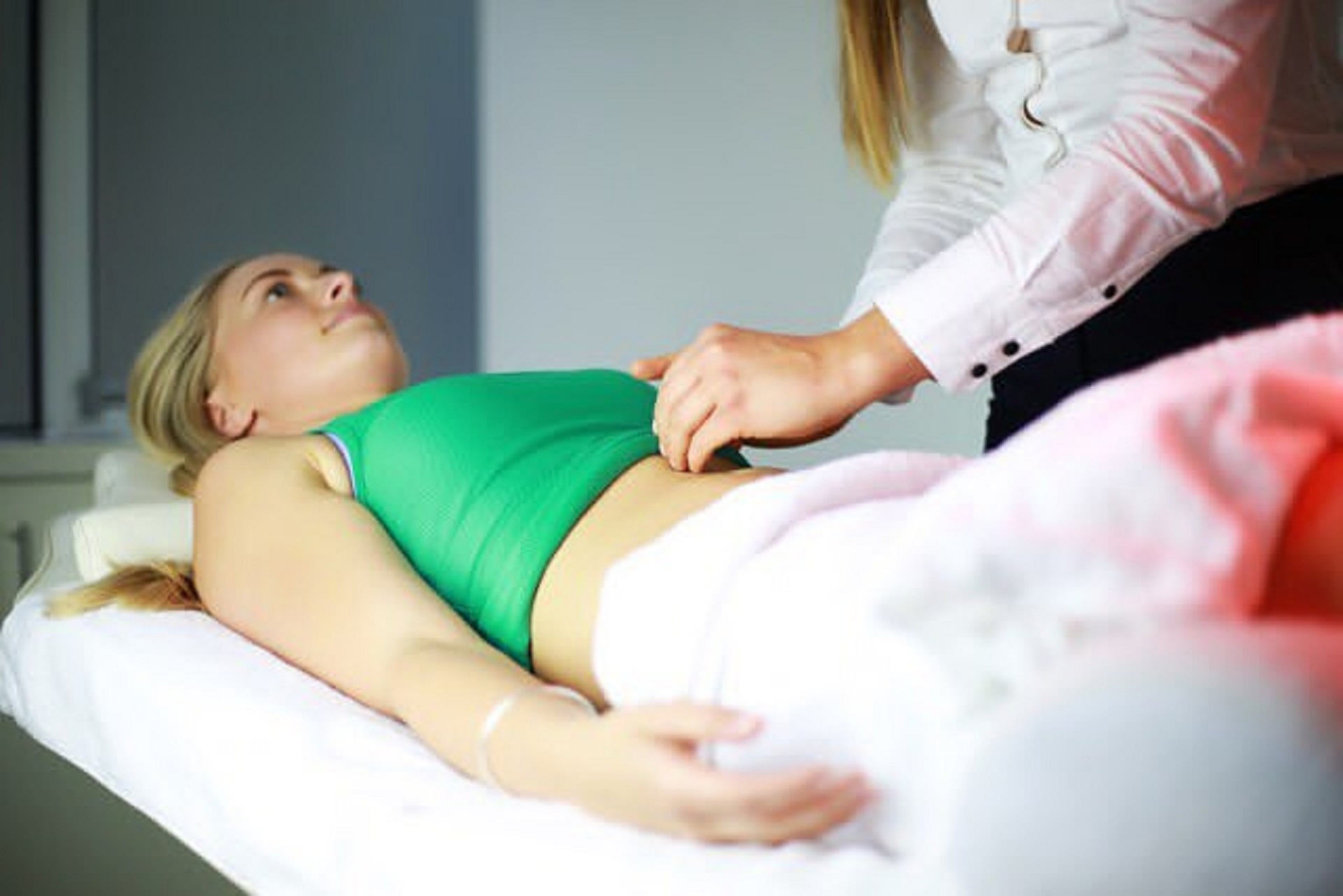Discover Effective Solutions for Knee Pain Relief in Australia
Residents of Australia experiencing knee pain may benefit from exploring a variety of treatment options that are often overlooked. These approaches to relieving discomfort range from physical therapy and exercise regimens to advanced therapies designed to address underlying issues. Understanding the available solutions can help individuals make informed choices about their knee pain management.

Knee pain represents one of the most common musculoskeletal complaints among Australians, affecting people across all age groups and activity levels. The knee joint’s complex structure, involving bones, cartilage, ligaments, and muscles, makes it susceptible to various injuries and degenerative conditions. Effective treatment requires proper diagnosis and a comprehensive approach tailored to individual circumstances.
Understanding Different Types of Knee Pain Treatment
Knee pain treatment varies significantly depending on the underlying cause and severity of symptoms. Acute injuries often respond well to conservative measures, while chronic conditions may require more intensive interventions. Treatment approaches generally fall into three categories: conservative management, minimally invasive procedures, and surgical interventions.
Conservative treatments form the foundation of most knee pain management strategies. These include rest, ice application, compression, and elevation (RICE protocol), along with over-the-counter pain medications and anti-inflammatory drugs. Many patients experience significant improvement through these initial measures, particularly when implemented early in the treatment process.
Exploring Medical Interventions for Knee Pain
When conservative treatments prove insufficient, medical interventions offer additional therapeutic options. Corticosteroid injections directly into the knee joint can provide substantial pain relief and reduce inflammation for several months. Hyaluronic acid injections, also known as viscosupplementation, help restore joint lubrication and may slow cartilage deterioration in arthritis patients.
Platelet-rich plasma (PRP) therapy represents an emerging treatment option that uses concentrated platelets from the patient’s own blood to promote healing. While research continues to evaluate its effectiveness, some patients report improved pain levels and function following PRP treatments.
Arthroscopic procedures allow surgeons to diagnose and treat various knee problems through small incisions. These minimally invasive techniques can address torn meniscus, loose cartilage fragments, and certain ligament injuries with reduced recovery times compared to traditional open surgery.
Physical Therapy and Exercise Programs
Physical therapy plays a crucial role in knee pain treatment and long-term joint health. Qualified physiotherapists assess movement patterns, muscle strength, and joint flexibility to develop targeted exercise programs. These programs typically focus on strengthening the quadriceps, hamstrings, and surrounding muscles that support knee stability.
Low-impact exercises such as swimming, cycling, and elliptical training help maintain cardiovascular fitness while minimizing stress on the knee joint. Range-of-motion exercises prevent stiffness and maintain joint flexibility, while balance and proprioception training reduce the risk of future injuries.
Manual therapy techniques, including joint mobilization and soft tissue massage, can improve circulation and reduce muscle tension around the knee. Many physiotherapy clinics across Australia offer specialized knee rehabilitation programs designed to address specific conditions and activity goals.
| Treatment Type | Provider | Cost Estimation |
|---|---|---|
| Physiotherapy Session | Private Practice | $80-120 per session |
| Cortisone Injection | Specialist Clinic | $200-400 per injection |
| MRI Scan | Imaging Centre | $300-600 per scan |
| Arthroscopic Surgery | Private Hospital | $3,000-8,000 |
| Hyaluronic Acid Injection | Rheumatology Clinic | $400-800 per injection |
| PRP Therapy | Sports Medicine Clinic | $500-1,200 per treatment |
Prices, rates, or cost estimates mentioned in this article are based on the latest available information but may change over time. Independent research is advised before making financial decisions.
Alternative and Complementary Approaches
Many Australians explore alternative therapies alongside conventional medical treatments. Acupuncture has shown promise in reducing knee pain, particularly for arthritis sufferers. Massage therapy can help improve circulation and reduce muscle tension, while chiropractic care may address alignment issues that contribute to knee problems.
Nutritional supplements, including glucosamine and chondroitin, remain popular despite mixed research results. Some patients report benefits from these supplements, though scientific evidence for their effectiveness varies. Weight management plays a crucial role in knee health, as excess body weight increases stress on the joint and accelerates wear.
When to Seek Professional Help
Recognizing when to seek professional medical attention is essential for optimal outcomes. Persistent pain lasting more than a few days, significant swelling, inability to bear weight, or knee instability warrant prompt evaluation. Early intervention often leads to better treatment outcomes and may prevent the development of chronic problems.
Australian healthcare professionals, including general practitioners, physiotherapists, and orthopedic specialists, work collaboratively to provide comprehensive knee pain management. The Medicare system covers many diagnostic procedures and treatments, though some specialized therapies may require out-of-pocket expenses.
Effective knee pain treatment requires patience, consistency, and often a combination of approaches. Working closely with healthcare professionals to develop an appropriate treatment plan increases the likelihood of successful pain management and return to normal activities. Regular follow-up appointments allow for treatment adjustments based on progress and changing symptoms, ensuring optimal long-term outcomes for knee health.
This article is for informational purposes only and should not be considered medical advice. Please consult a qualified healthcare professional for personalized guidance and treatment.




